
'70s Tour Goes from Brutalism to Hippies
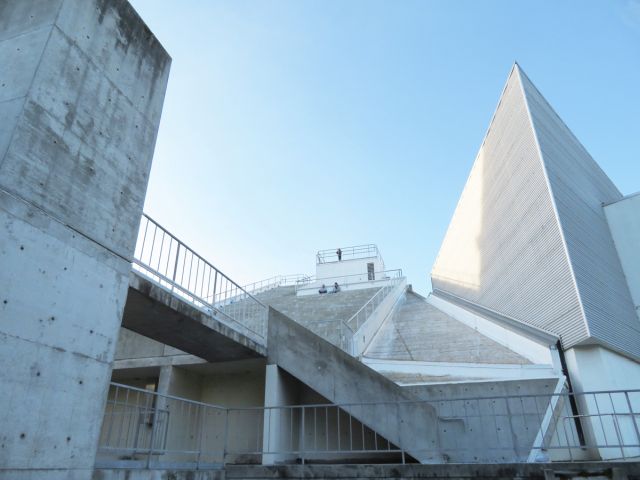 |
For a time the Modern Movement in architecture and design really was a movement. Proponents were united in their determination to build structures that functioned well for people of all income levels, structures that expressed their function and that lacked tacked-on décor.
But by the time the 1970s rolled in, architects working in the Brutalist mode were turning out buildings as freeform concrete sculpture, and the International Style steel-and-glass office towers that had long been derided by Joe Eichler’s architects Anshen and Allen were giving way to more varied structural systems and facades.
It was a puzzling, exciting, and diverse decade, the '70s, and now as its buildings are turning 50 years old the international modern preservation group Docomomo is taking a look, with tours popping up all over this October.
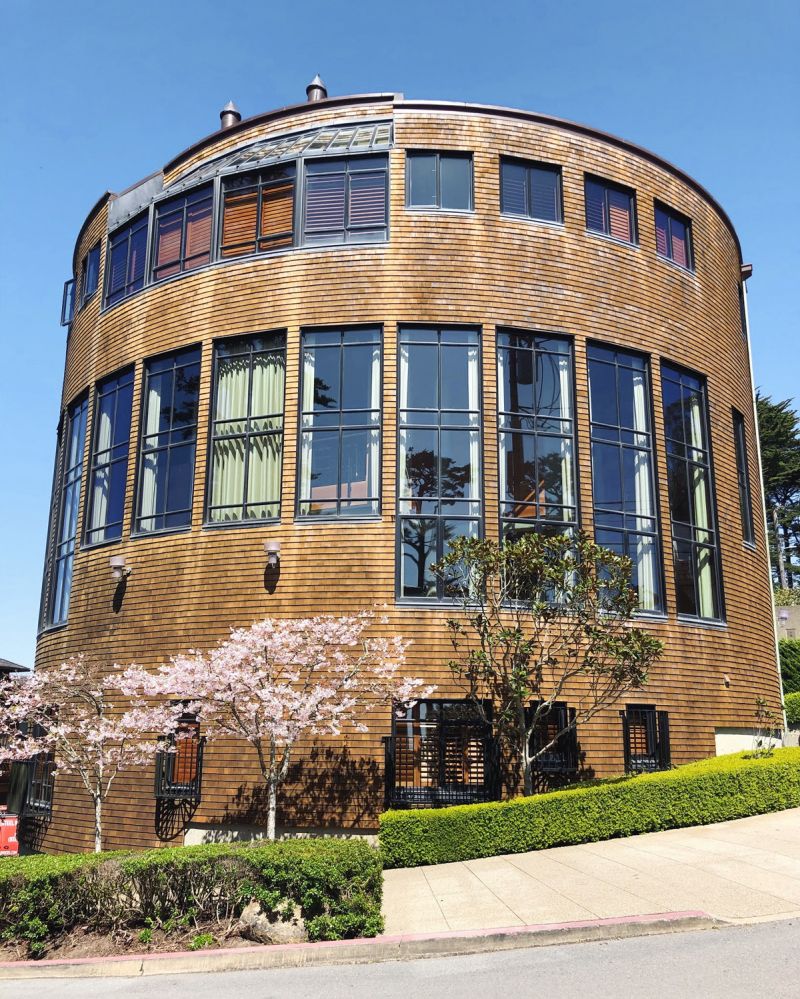 |
‘The 70s Turn 50 tour’ will be a virtual tour, “a deeper dive,” chapter president Hannah Lise Simonson says, into five amazing structures among the many that Docomomo No Ca has documented on an interactive map that shows 1970s structures throughout the region.
The event is Saturday, October 10, 11 a.m. to about noon. Tickets for this Zoom event are $5 for non-members and free for members. Presenters from Docomomo will include Teresa Fok, Cord Struckmann, and Chad DeWitt.
“We’re trying to make this accessible to the general public, so we will be talking about the different styles of the ‘70s, and putting them into context with the sociopolitical and environmental trends of the ‘70s.”
“We will start with an overview of ‘70s architecture and what the directions were in the ‘70s nationally, and then we’ll look at some specific trends in Northern California,” Simonson says. “Then we’ll do a brief tour of five specific sites. And we plan to integrate some video footage of walk-throughs of these sites to give people more of a spatial feel for them.”
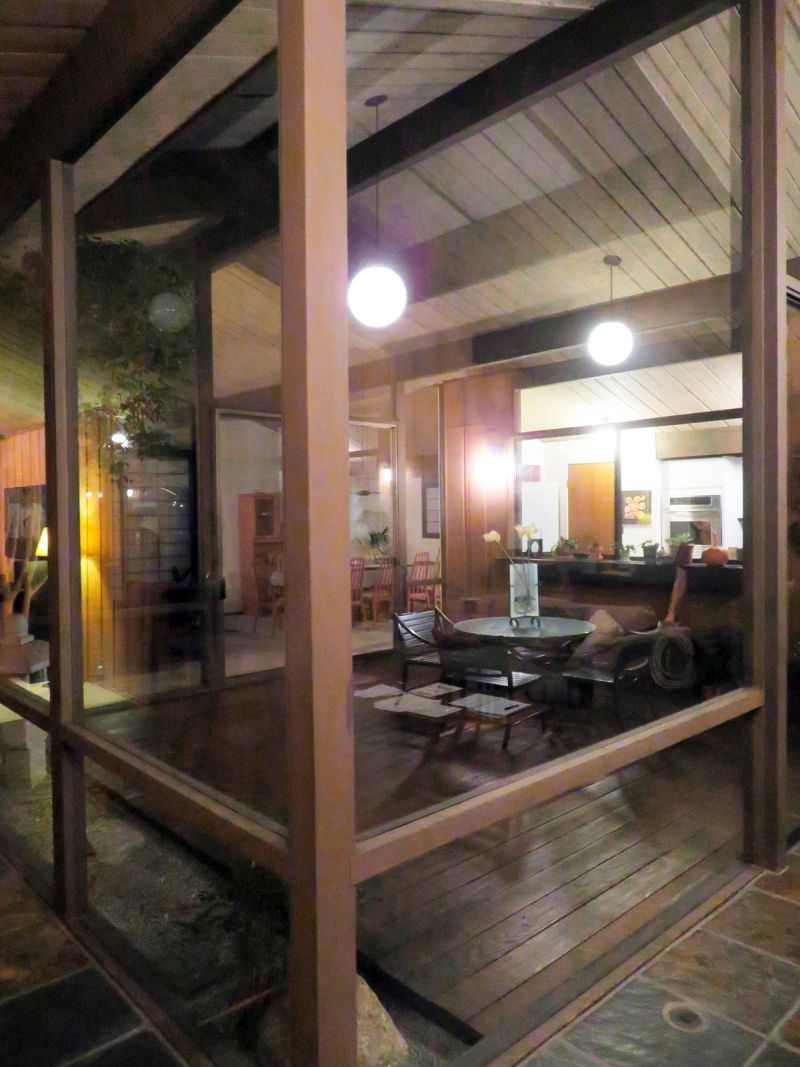 |
Although there are no Eichler homes on the tour – or, to this point, on the map – Joe continued to build and innovate in his plans to 1974. It’s notable too that his lead architects had always objected to what they saw as the orthodoxies of the Modern Movement.
Some of the office and academic buildings Anshen and Allen designed in the 1960s – with unusual floor plans, the occasional circular plan, and the use of decorative brick and concrete – predated and may have predicted some of the structures you will see on the tour and map.
“Beyond the disco balls, shag carpet, and avocado-colored kitchen appliances, the 1970s were a decade filled with both experimentation and anxiety within the field of architecture,” Docomomo writes.
“The architecture of the 1970s includes many diverging forms of Modernism, as well as the emergence of an architecture and polemic against Modernism. In Northern California, examples of Brutalism, New Formalism, and Corporate and Late Modernism continue to proliferate in downtown areas and in suburban office parks, but the softer, more organic and vernacular influences of Sea Ranch and the Third Bay Tradition are strongly felt in residential projects.”
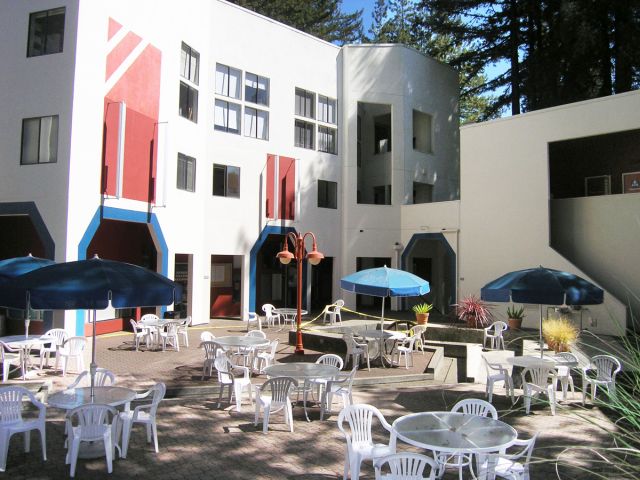 |
The sites on the virtual tour include the Hilton hotel and Chinese Cultural Center in San Francisco’s Chinatown; the Larkspur Ferry Terminal, “with a cool space frame structure,” Simonson says; a house at Sea Ranch by William Turnbull; Kresge College at UC Santa Cruz by Charles Moore and Turnbull; and Paffard Keatinge-Clay’s Chavez Student Center at San Francisco State, with its vertiginous rooftop staircase/seating area.
“As with any decade, it’s not a hard-and-fast stop and start,” Simonson says of stylistic changes. “In the ‘70s is when we really started seeing more reactions against modernism, against the Miesian glass-and-steel towers. You see more Brutalist structures in late modern design, [such as] the Embarcadero Center and the Transamerica Pyramid, which were planned in the late ‘60s and built in the ‘70s.”
“In the ‘70s you also see a lot more shingled, Third Bay Tradition, a local idiom that comes from Sea Ranch and vernacular style. Wood shingles and redwood.”
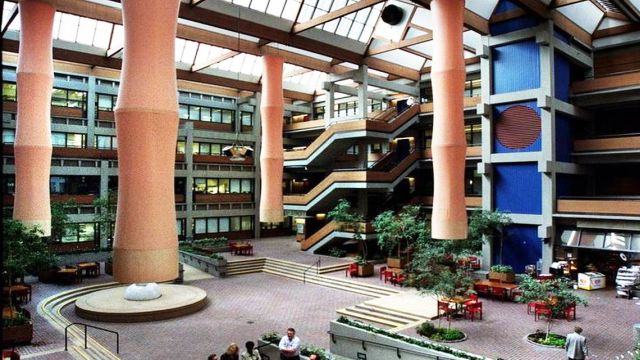 |
“Some of these late ‘60s and early ‘70s buildings were a little more chunky and kind of heavy in their material and replication,” she says, using precast concrete panels rather than steel and glass.
“And then of course we’re going to touch on trends in hippie, radical design, with the movement towards sustainability and green architecture.”
While virtual tours do not allow for the socializing and the chance to meet new people that characterize Docomomo’s usual tours, there is one advantage.
“It’s kind of an exciting thing for us because people from outside Northern California will be attending the tour. It’s an exciting opportunity for us to reach a wider geographical audience,” Simonson says.
Nationwide tours include, in Oregon, the 'Virtual Shaggin' Wagon Trip Through Form, Function, and Funkiness' on October 11; and in New Haven, the 'All things old are new again' virtual tour on October 10.
- ‹ previous
- 3 of 677
- next ›



